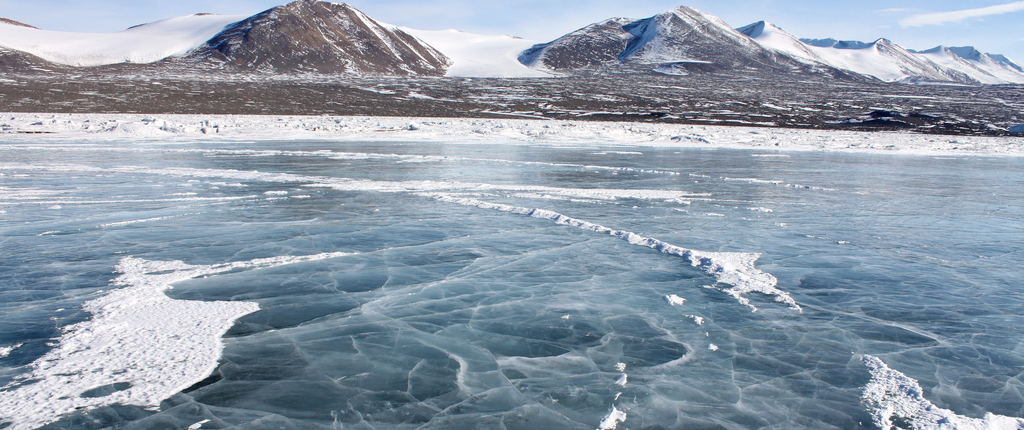New Scientist
Image: eliduke
Where did life take its first, oxygen-rich breath? An important clue has been discovered at the bottom of an Antarctic lake, in an environment that gives us a sense of the conditions on Earth billions of years ago.
Life evolved some 3.8 billion years ago – a time known as the Archaean – when there was no oxygen in the atmosphere. In fact, the gas only began to accumulate about 2.4 billion years ago, maybe even later. This period, known as the great oxidation event, is linked to the evolution of cyanobacteria, which generate oxygen through photosynthesis.
But there’s a good chance that cyanobacteria evolved before the great oxidation event. In that case, small groups of these microbes would have created oxygen “oases” on the early Earth.
“People generally thought of oxygen oases as large and in the oceans,” says Dawn Sumner at the University of California-Davis. But her team’s discovery suggests an alternative. Read more on newscientist.com…








